Home>Gardening & Outdoor>Plant Care & Gardening Tips>What Animals Eat Flower Bulbs
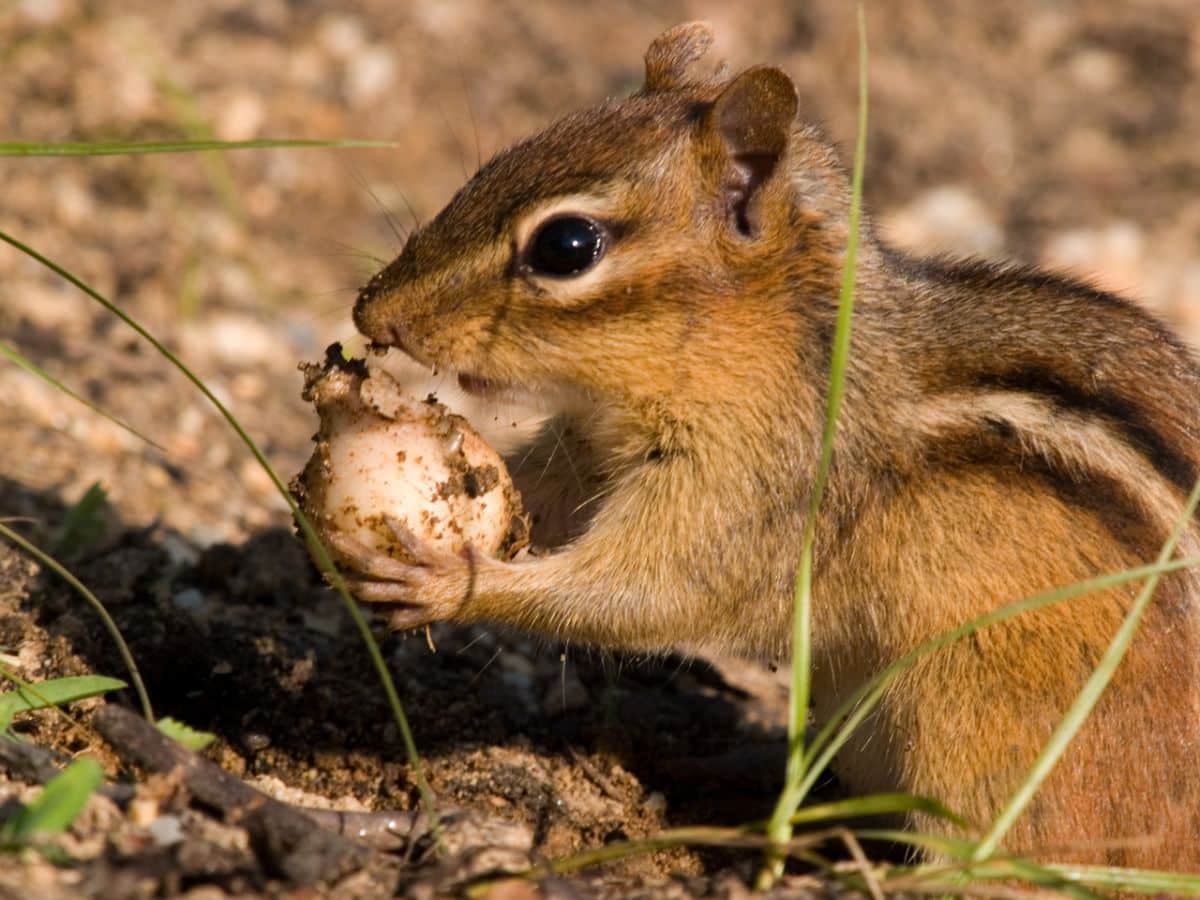

Plant Care & Gardening Tips
What Animals Eat Flower Bulbs
Published: January 17, 2024
Discover the impact of animals eating flower bulbs and learn plant care and gardening tips to protect your garden. Explore effective strategies to safeguard your plants.
(Many of the links in this article redirect to a specific reviewed product. Your purchase of these products through affiliate links helps to generate commission for Storables.com, at no extra cost. Learn more)
Introduction
Gardening enthusiasts invest considerable time and effort in cultivating vibrant flower beds, eagerly anticipating the colorful blooms that will adorn their outdoor spaces. However, a common challenge that many gardeners encounter is the unwelcome presence of animals that voraciously consume flower bulbs. This predicament can be disheartening, especially after meticulously tending to the garden and eagerly awaiting the blossoming of the meticulously planted bulbs.
Understanding why animals are drawn to flower bulbs, the types of bulbs they typically target, the specific animals involved, and effective strategies for safeguarding flower bulbs from these creatures is crucial for preserving the beauty of the garden. By delving into these aspects, gardeners can gain valuable insights into addressing this persistent issue and nurturing their beloved blooms to their full potential.
In the following sections, we will explore the motivations behind animals' penchant for flower bulbs, the various types of bulbs that are particularly appealing to them, the specific animals known for consuming flower bulbs, and actionable measures that can be implemented to protect these delicate plant components. Let's embark on this enlightening journey to understand the intricate relationship between animals and flower bulbs, and discover effective methods for maintaining the allure of our gardens.
Key Takeaways:
- Animals are drawn to flower bulbs for their nutrients, texture, and aroma. Gardeners can protect bulbs by using barriers, repellents, strategic planting, and innovative deterrent devices.
- Deer, rabbits, squirrels, rodents, and groundhogs are common culprits known for consuming flower bulbs. Gardeners can deter these animals by understanding their behaviors and implementing targeted protective measures.
Read more: What Animals Eat Sunflower Seeds
Why Animals Eat Flower Bulbs
Animals are naturally drawn to flower bulbs for various reasons, and understanding their motivations is essential for devising effective strategies to deter them from consuming these valuable garden components. One primary reason animals consume flower bulbs is their high nutritional content. Flower bulbs store essential nutrients that serve as a vital energy source for animals, especially during periods of scarcity or hibernation. These nutrient-rich bulbs provide a convenient and energy-dense food source, making them an attractive option for foraging animals.
Furthermore, the tender and succulent nature of flower bulbs makes them particularly palatable to many creatures. The fleshy texture and high moisture content of bulbs render them appealing to animals seeking hydration and nourishment. Additionally, the bulbs’ relatively soft composition makes them easily digestible, further enhancing their appeal to a wide array of animals.
Moreover, certain flower bulbs contain compounds that are enticing to animals due to their aromatic and flavorful properties. These natural compounds can emit fragrances that attract animals, enticing them to consume the bulbs. In some cases, animals may be drawn to specific bulbs due to the presence of compounds that mimic the scents of their preferred food sources, leading them to mistake the bulbs for edible items.
Environmental factors also play a significant role in animals’ consumption of flower bulbs. For instance, in regions where natural food sources are scarce, animals may resort to consuming flower bulbs as a readily available and abundant food option. Additionally, the changing seasons and weather patterns can influence animals’ foraging behaviors, prompting them to seek sustenance in gardens where flower bulbs are easily accessible.
Furthermore, the instinctual behavior of certain animals drives them to dig and forage for food, making flower bulbs an enticing target due to their subterranean location. The act of unearthing bulbs appeals to animals’ natural inclination to excavate and explore their surroundings in search of sustenance.
By comprehending the reasons behind animals’ consumption of flower bulbs, gardeners can gain valuable insights into the factors that attract animals to their gardens. Armed with this understanding, they can implement measures to safeguard their precious flower bulbs and mitigate the impact of animal foraging on their cherished floral displays.
Types of Flower Bulbs Eaten by Animals
Animals exhibit a diverse palate when it comes to consuming flower bulbs, displaying a penchant for various types of bulbs commonly found in gardens. Understanding the specific bulbs that are targeted by animals is crucial for devising effective protective measures and preserving the integrity of the garden. Here are some of the commonly eaten flower bulbs:
- Tulips: Tulip bulbs are particularly appealing to animals due to their nutrient-rich composition and tender texture. These bulbs are often sought after by rodents, deer, and rabbits, who find them to be a delectable and easily accessible food source.
- Crocuses: The vibrant and delicate crocus bulbs are enticing to animals such as squirrels and deer. These bulbs are often consumed due to their high moisture content and palatable texture, making them a favored snack for foraging creatures.
- Daffodils: Despite their toxicity to many animals, daffodil bulbs are occasionally targeted by rodents and deer. The bulbs’ alluring fragrance and tender consistency can attract animals, leading them to consume these potentially harmful plant components.
- Hyacinths: Hyacinth bulbs are sought after by various animals, including rodents and deer, due to their appealing aroma and succulent nature. These bulbs are often consumed by animals seeking nourishment and hydration.
- Canna Lilies: Canna lily bulbs are favored by animals such as rodents and deer, who are drawn to their starchy composition and high energy content. These bulbs are often unearthed and consumed by foraging animals, posing a threat to the garden’s floral displays.
It is important to note that while these are some of the commonly targeted flower bulbs, animals may exhibit varying preferences based on their natural dietary inclinations and the availability of food sources in a particular region. By identifying the specific types of bulbs that are susceptible to animal consumption, gardeners can implement targeted protective measures to safeguard these valuable garden components.
To protect flower bulbs from being eaten by animals, try planting them with daffodils or other plants that animals tend to avoid due to their taste or toxicity.
Animals That Eat Flower Bulbs
A diverse array of animals display a proclivity for consuming flower bulbs, posing a significant challenge to gardeners striving to protect their cherished blooms. Understanding the specific animals known for their penchant for flower bulbs is essential for devising effective strategies to mitigate the impact of their foraging behavior. Here are some of the common culprits:
- Deer: These graceful herbivores are notorious for their affinity for flower bulbs. Deer are particularly drawn to the tender and nutrient-rich bulbs of various flowering plants, making them a prominent threat to gardens and ornamental flower beds.
- Rabbits: With their voracious appetite for tender vegetation, rabbits often target flower bulbs as a readily available and palatable food source. Their propensity for gnawing on bulbs poses a significant risk to the integrity of garden displays.
- Squirrels: Squirrels are known for their inquisitive nature and agile foraging behavior. These resourceful rodents frequently target flower bulbs, enticed by the bulbs’ texture, moisture content, and potential as a food source.
- Rodents: Various rodent species, including mice and voles, are notorious for their penchant for consuming flower bulbs. Their burrowing behavior and omnivorous diet make them a persistent threat to the underground components of gardens.
- Groundhogs: Groundhogs, also known as woodchucks, are skilled diggers and foragers. These herbivorous mammals often consume flower bulbs as part of their diet, posing a threat to the well-being of garden plantings.
These animals, driven by their natural instincts and dietary requirements, pose a significant challenge to gardeners seeking to maintain the beauty and vitality of their floral displays. Their foraging behavior can result in substantial damage to carefully cultivated flower beds, necessitating the implementation of effective protective measures to deter their incursions.
By recognizing the specific animals known for consuming flower bulbs, gardeners can tailor their protective strategies to address the unique foraging behaviors and preferences of these creatures, thereby safeguarding their precious garden components from harm.
How to Protect Flower Bulbs from Animals
Implementing effective measures to safeguard flower bulbs from the voracious appetites of animals is essential for preserving the beauty and vitality of garden displays. By employing strategic deterrents and protective methods, gardeners can mitigate the risk of animal foraging and nurture their beloved blooms to their full potential. Here are several actionable strategies for protecting flower bulbs from animals:
- Physical Barriers: Installing physical barriers such as wire mesh or hardware cloth around flower bulbs can effectively deter animals from accessing and consuming them. These barriers create a protective enclosure that prevents animals from reaching the bulbs, safeguarding them from potential damage.
- Repellents: Utilizing natural or commercial repellents can discourage animals from approaching and consuming flower bulbs. Various repellent options, including those infused with natural scents or deterrent compounds, can be applied to the surrounding soil to create an unappealing environment for foraging animals.
- Planting Bulbs Strategically: Selecting strategic planting locations can help minimize the risk of animal foraging. Placing bulbs in raised beds, containers, or areas less accessible to animals can reduce the likelihood of them being unearthed and consumed.
- Companion Planting: Introducing companion plants with strong scents or natural deterrent properties near flower bulbs can help repel animals. Certain aromatic plants and herbs can serve as natural deterrents, minimizing the appeal of the area to foraging animals.
- Ultrasonic Devices: Installing ultrasonic devices designed to emit deterrent sounds can effectively discourage animals from approaching the garden. These devices emit high-frequency sounds that are unpleasant to animals, deterring them from venturing near the protected area.
- Scare Tactics: Implementing scare tactics such as motion-activated devices, reflective materials, or strategically placed decoys can startle and deter animals from approaching the garden. These visual and auditory deterrents create an environment that animals perceive as inhospitable, reducing the likelihood of bulb consumption.
By employing a combination of these protective measures, gardeners can effectively fortify their gardens against the persistent threat of animal foraging. It is important to assess the specific challenges posed by local wildlife and tailor protective strategies accordingly, ensuring the preservation of flower bulbs and the flourishing of garden displays.
Read more: What Is A Flower Bulbs
Conclusion
The intricate relationship between animals and flower bulbs underscores the challenges that gardeners face in preserving the beauty and vitality of their floral displays. The allure of nutrient-rich, tender bulbs coupled with animals’ natural foraging instincts poses a persistent threat to the integrity of gardens and ornamental plantings. By comprehending the motivations behind animals’ consumption of flower bulbs, identifying the specific bulbs targeted by animals, recognizing the culprits responsible for bulb consumption, and implementing protective measures, gardeners can effectively safeguard their precious floral investments.
Understanding the dietary inclinations and foraging behaviors of animals enables gardeners to devise targeted strategies for deterring them from consuming flower bulbs. Whether through the installation of physical barriers, the application of natural repellents, strategic planting, or the utilization of innovative deterrent devices, gardeners can fortify their gardens against the persistent threat of animal foraging. By implementing these protective measures, gardeners can nurture their cherished blooms and witness the flourishing of vibrant floral displays.
As stewards of the natural world, gardeners play a pivotal role in maintaining the delicate balance between wildlife and cultivated landscapes. By embracing effective protective measures and cultivating a deeper understanding of the interactions between animals and flower bulbs, gardeners can harmoniously coexist with wildlife while preserving the splendor of their gardens.
Through proactive measures and a profound appreciation for the intricate dynamics at play, gardeners can revel in the enduring beauty of their floral creations, knowing that their efforts have successfully thwarted the persistent appetites of foraging animals. By nurturing their gardens with care and implementing strategic safeguards, gardeners can cultivate an enchanting sanctuary where the vibrant allure of flower bulbs flourishes undisturbed.
Frequently Asked Questions about What Animals Eat Flower Bulbs
Was this page helpful?
At Storables.com, we guarantee accurate and reliable information. Our content, validated by Expert Board Contributors, is crafted following stringent Editorial Policies. We're committed to providing you with well-researched, expert-backed insights for all your informational needs.
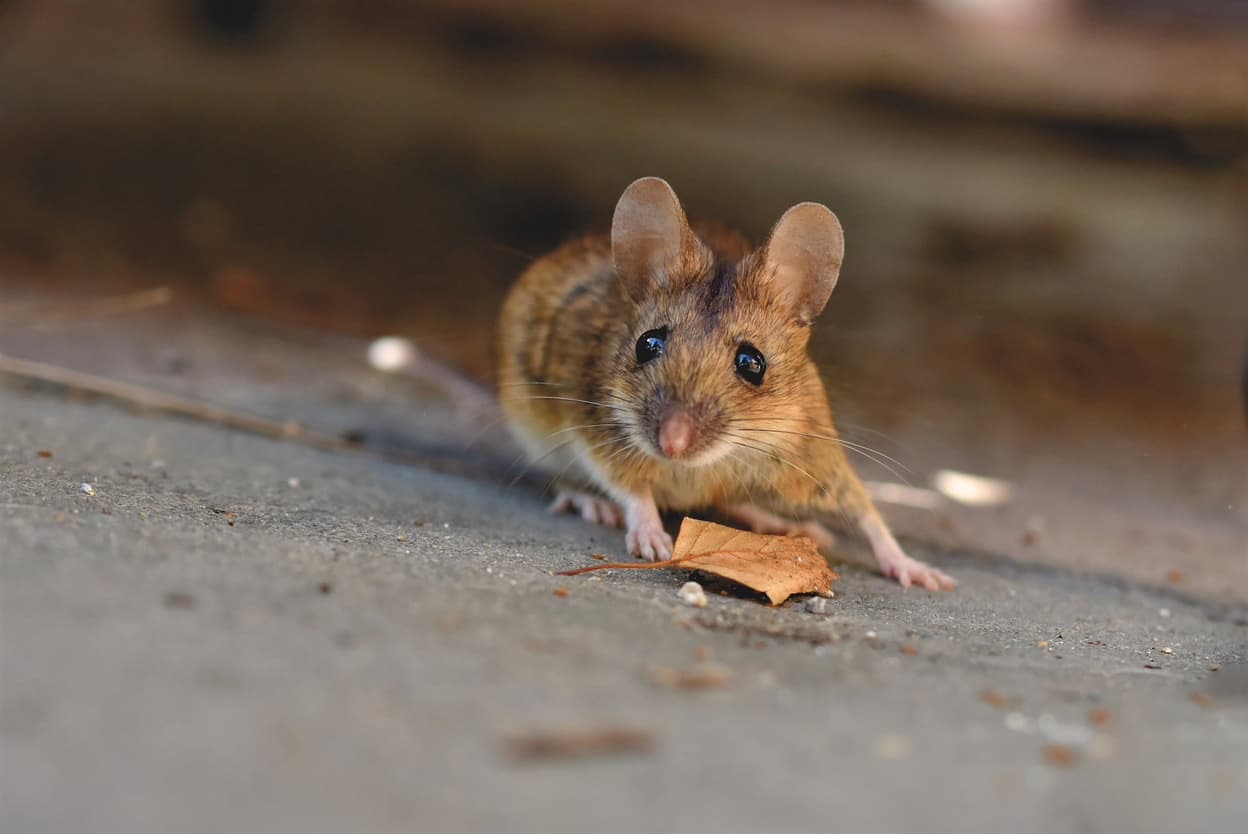
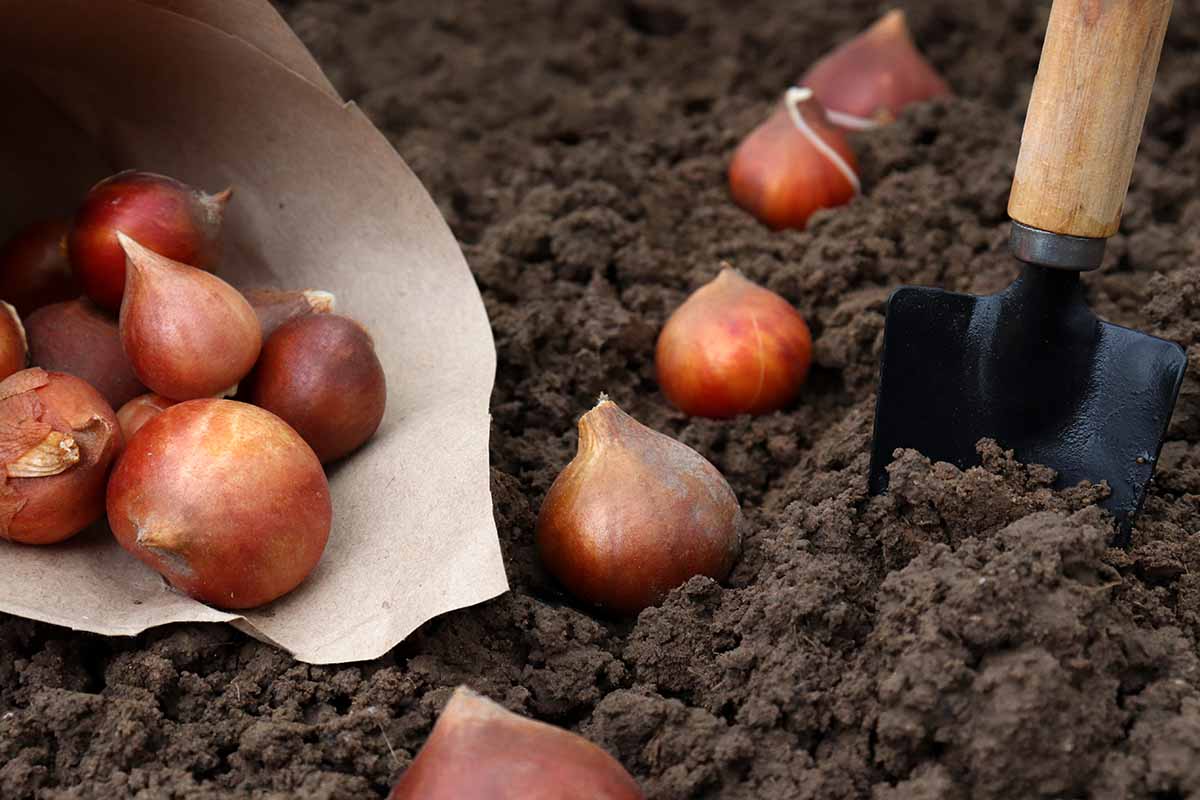
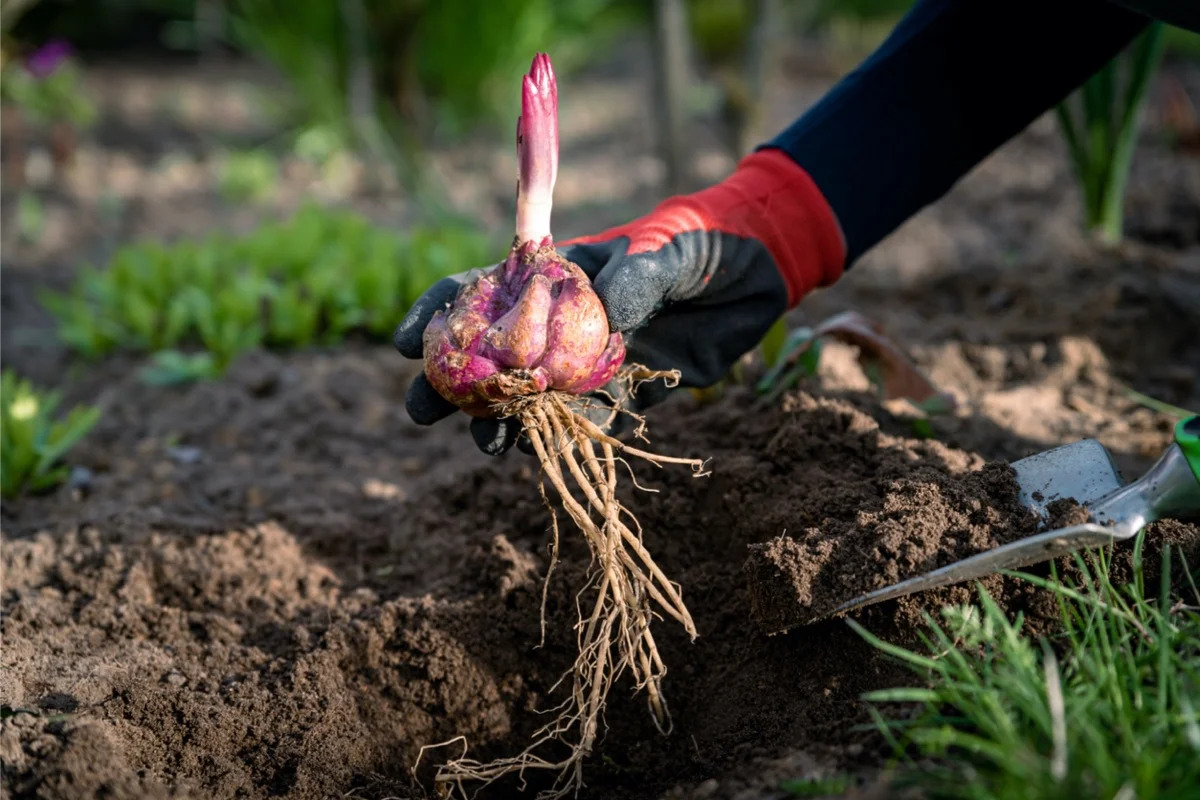
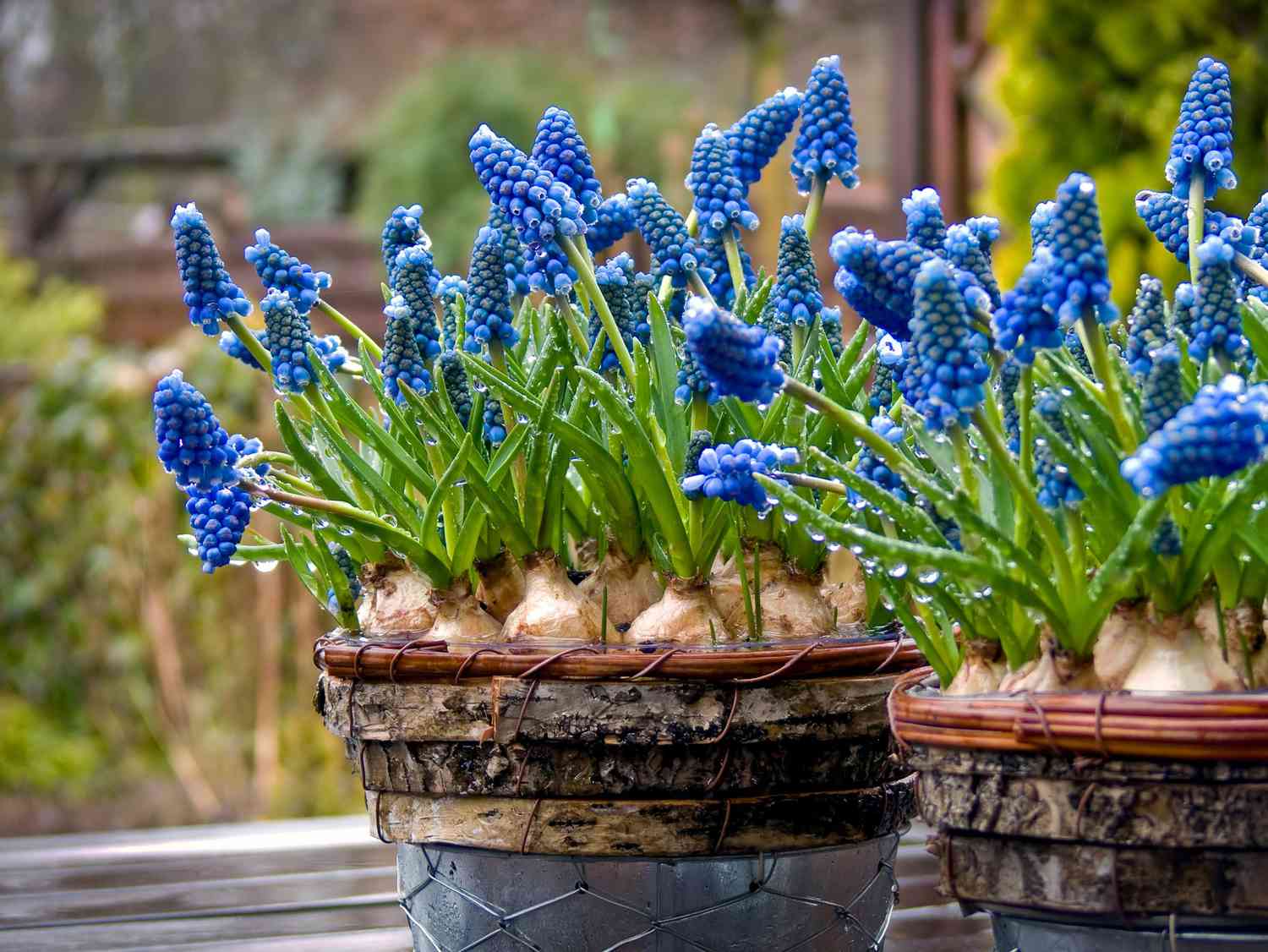
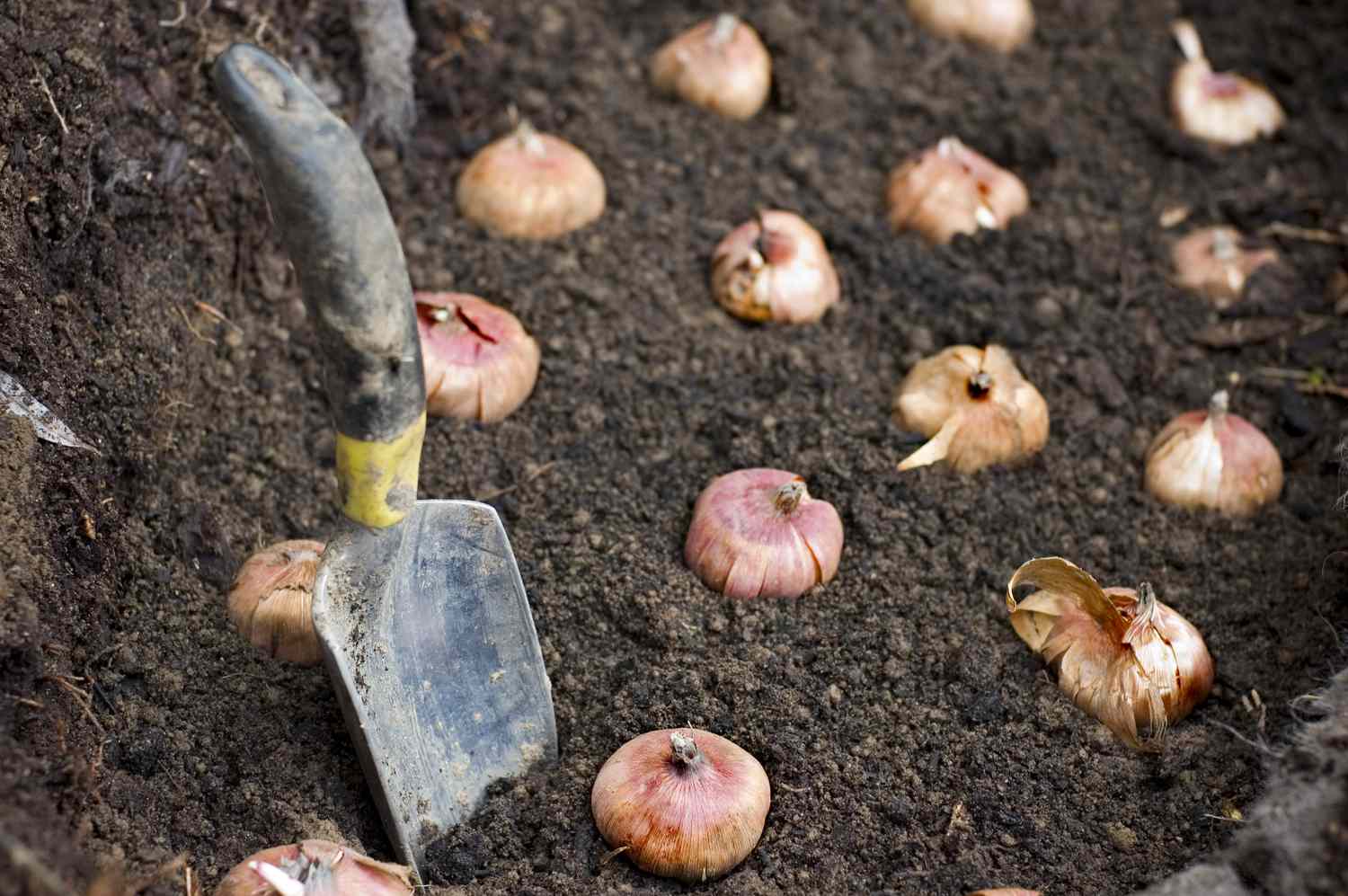

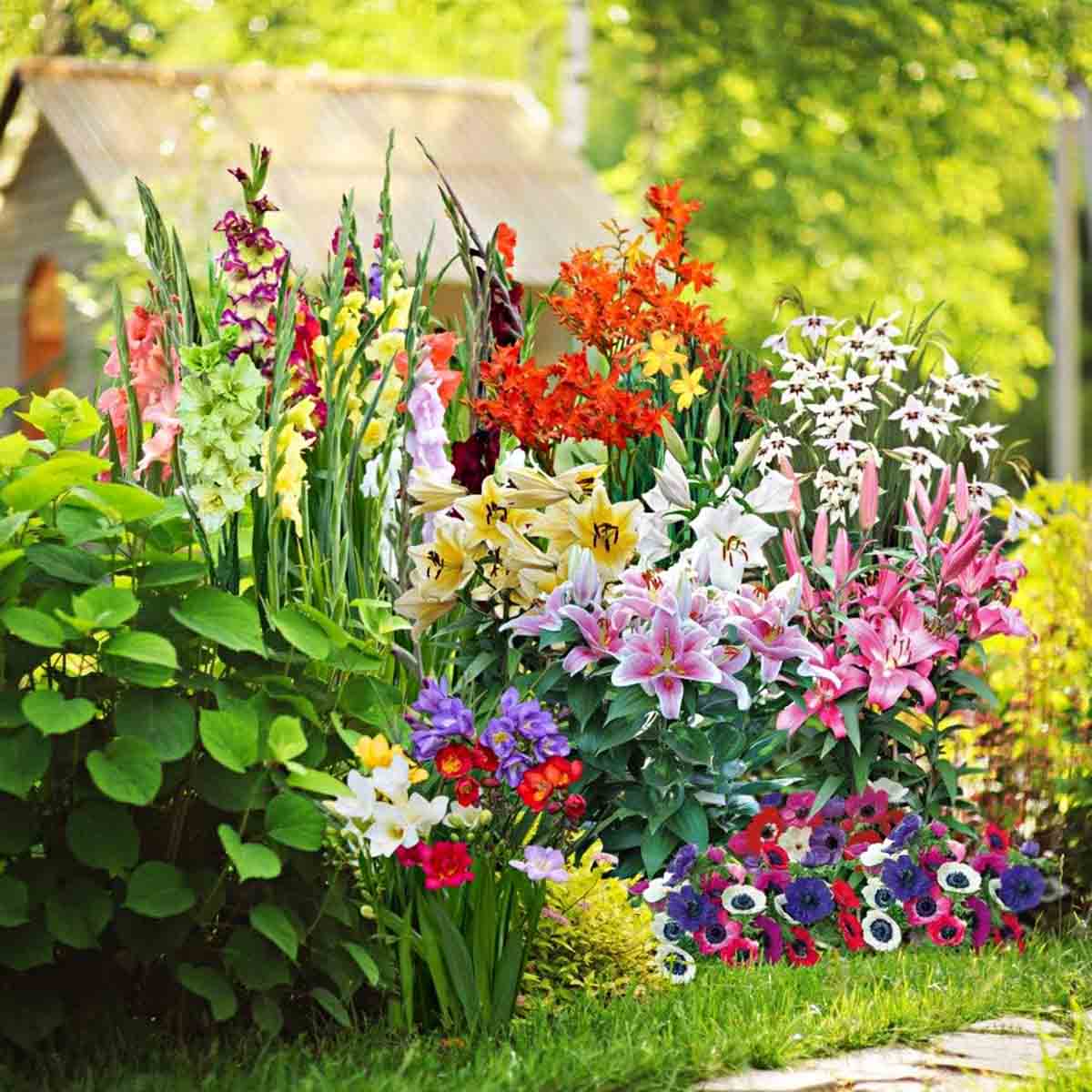
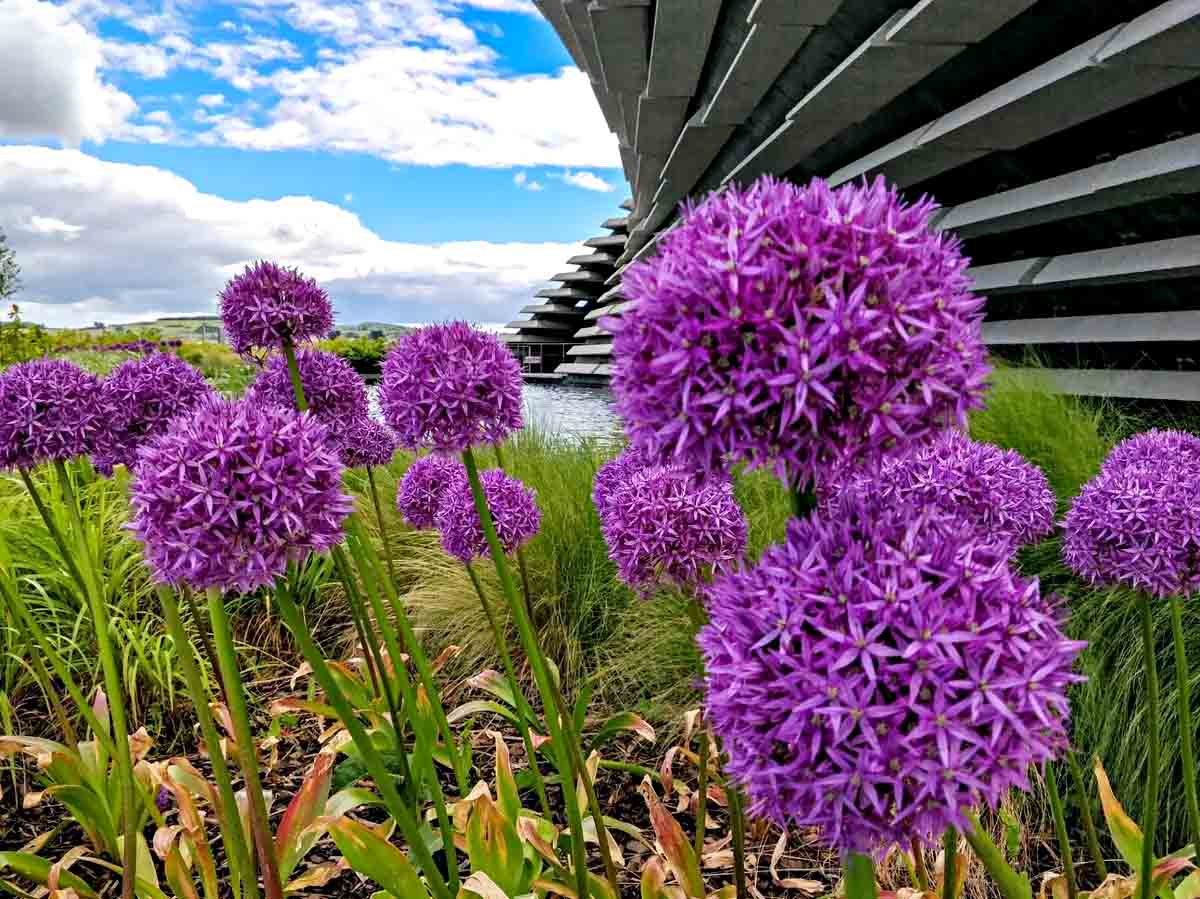
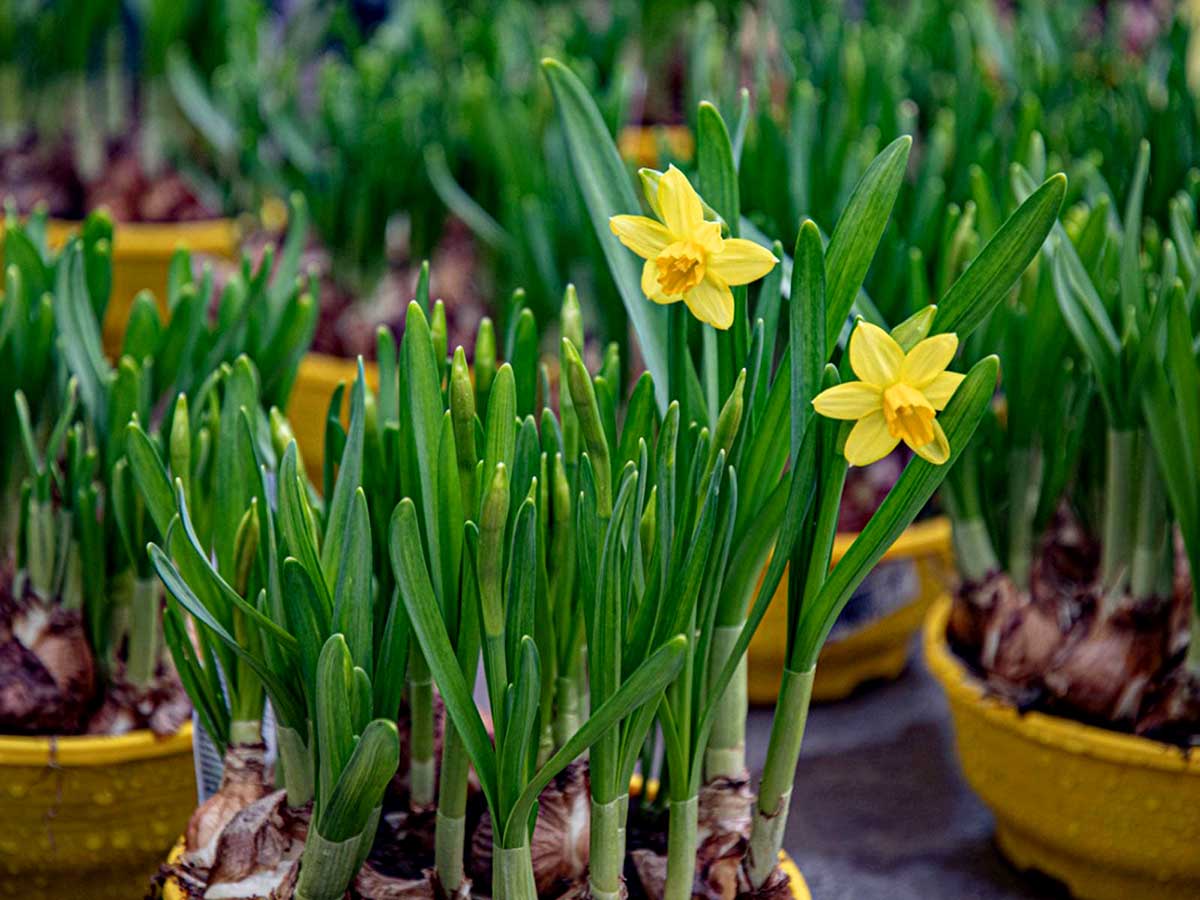

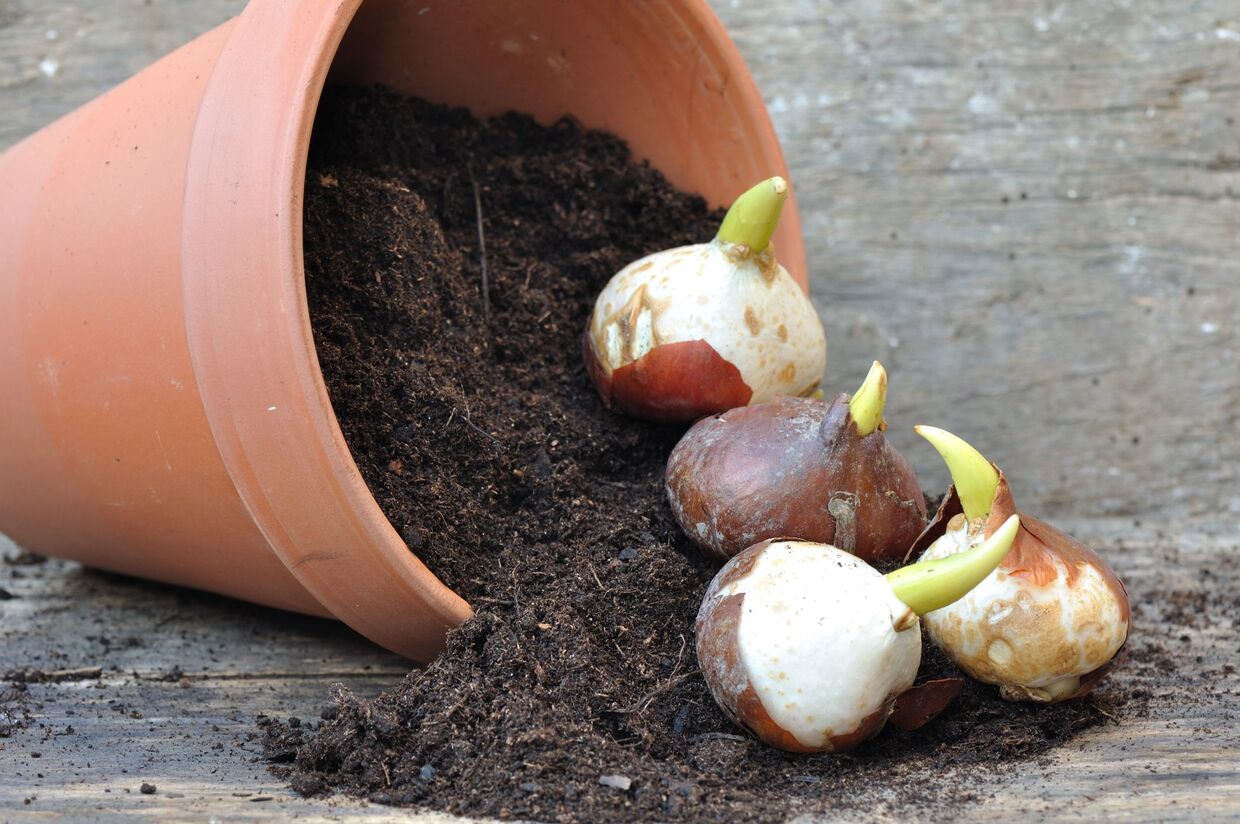
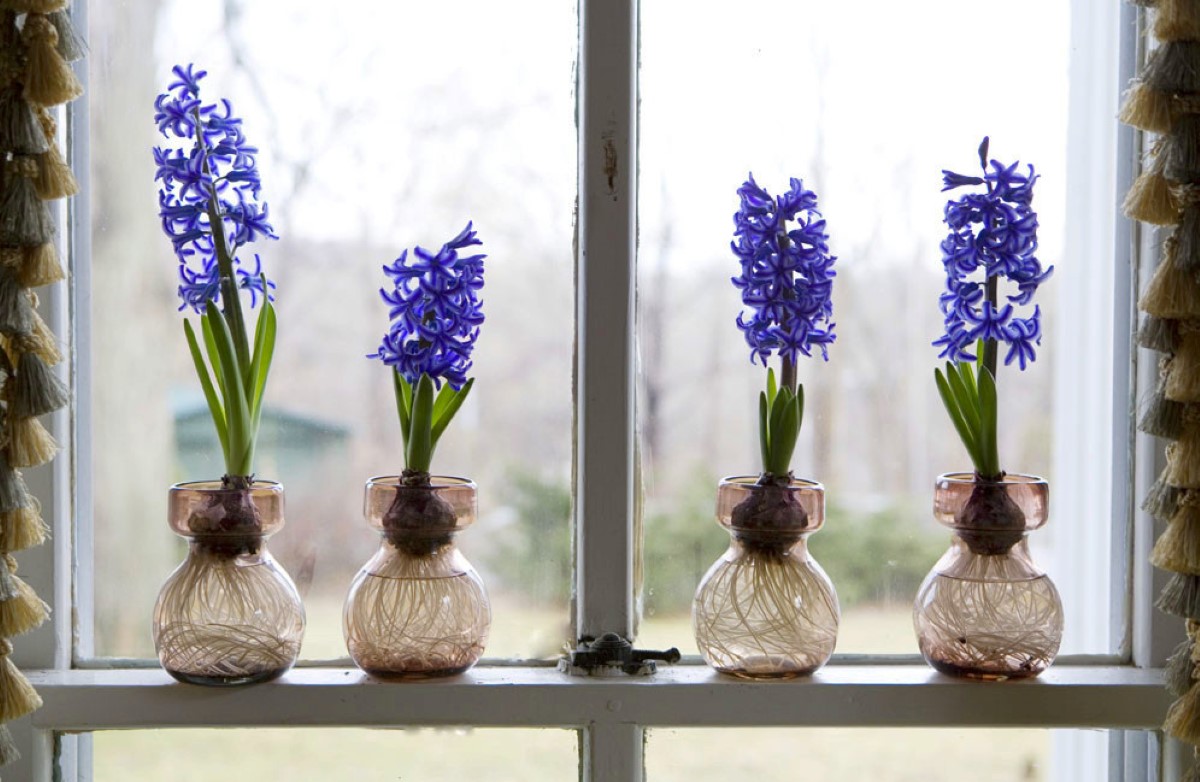
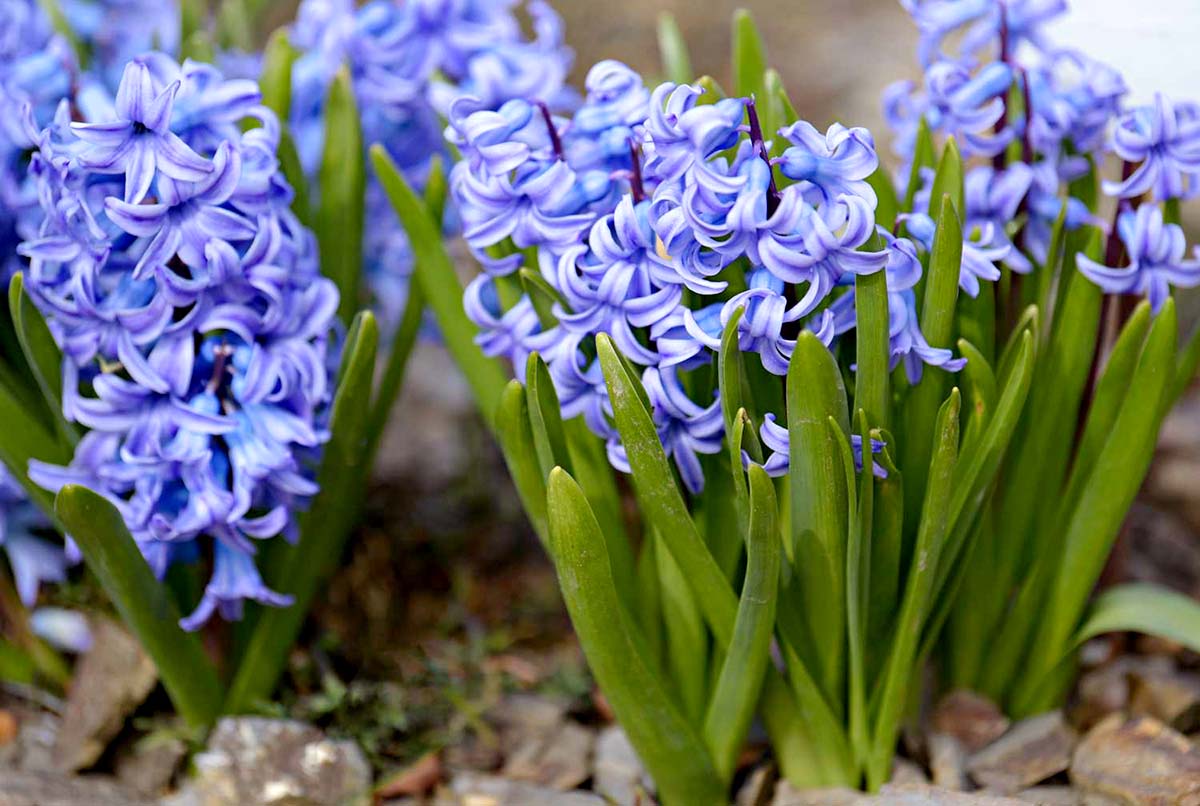
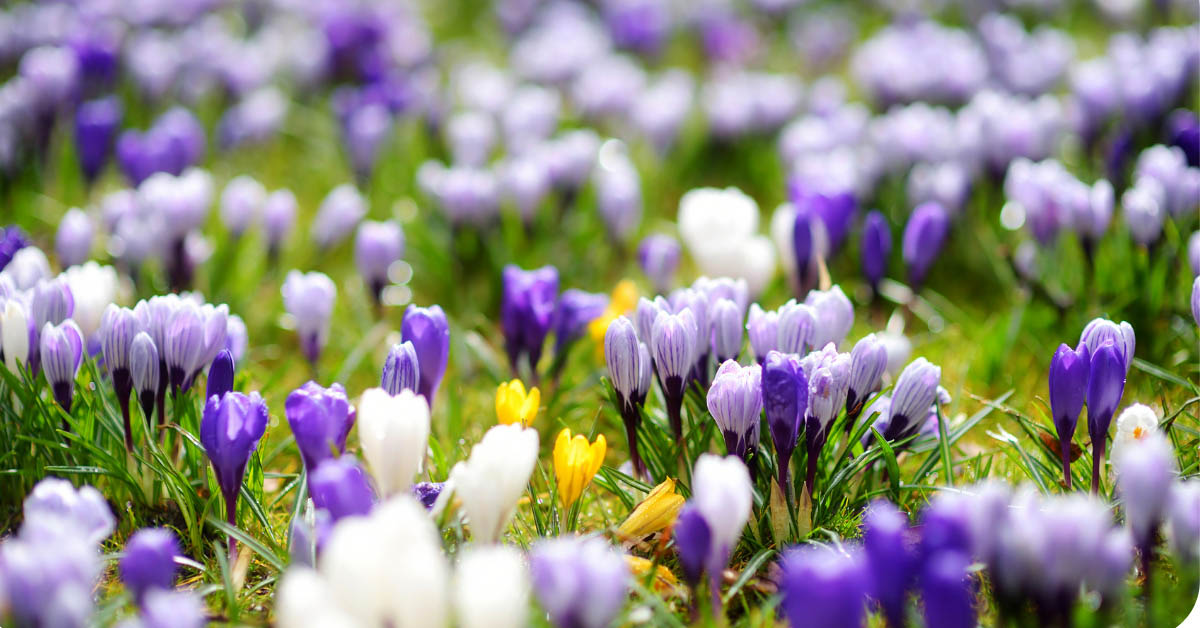

0 thoughts on “What Animals Eat Flower Bulbs”